Plants and Animals test
5.0(1)
Card Sorting
1/58
Study Analytics
Name | Mastery | Learn | Test | Matching | Spaced |
|---|
No study sessions yet.
59 Terms
1
New cards
Characteristics of plants
* Eukaryotes
* Multicellular
* Cells wall contain CELLULOSE
* Carry out Photosynthesis
* Multicellular
* Cells wall contain CELLULOSE
* Carry out Photosynthesis
2
New cards
4 main groups of plants
* Bryophytes (Mosses)
* Fern-like plants
* Gymnosperms
* Angiosperms
* Fern-like plants
* Gymnosperms
* Angiosperms
3
New cards
Bryophytes (Mosses)
* Mosses and relatives
* Don’t have strong plant tissue and can’t grow tall
* Grow in moist environments
* Don’t have strong plant tissue and can’t grow tall
* Grow in moist environments
4
New cards
Fern like plants
Have spores instead of seeds
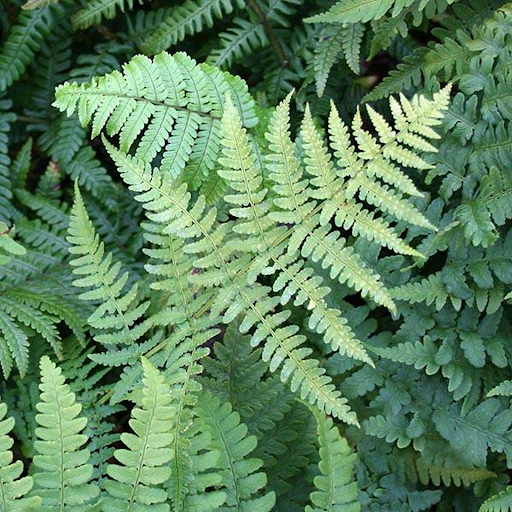
5
New cards
Gymnosperms
cone-bearing plants
6
New cards
Angiosperms
Flowering Plants
7
New cards
Plant evolution (know the cladogram, pic on the other side of this flashcard)
\
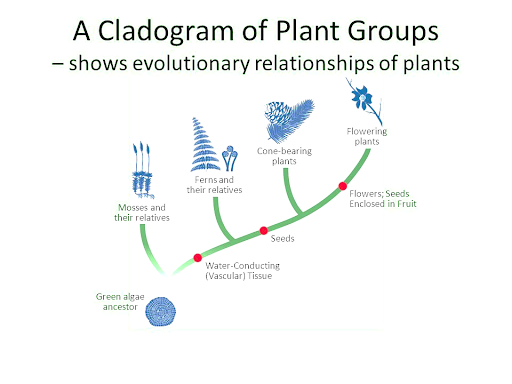
8
New cards
Monocots
* One cotyledon (seed)
* Fibrous roots
* Scattered vascular tubes
* Parallel veins
* Petals in multiples of 3
* Fibrous roots
* Scattered vascular tubes
* Parallel veins
* Petals in multiples of 3
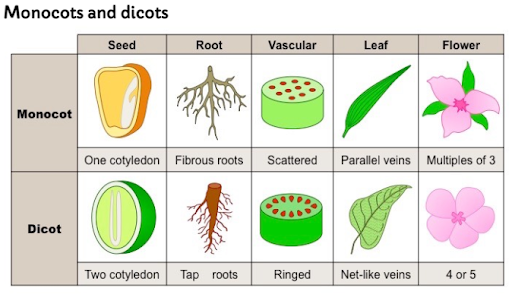
9
New cards
Dicots
* Two cotyledon (seeds)
* Tap roots
* Ringed vascular tubes
* Net-likes veins
* Petals in multiples of 5
* Tap roots
* Ringed vascular tubes
* Net-likes veins
* Petals in multiples of 5
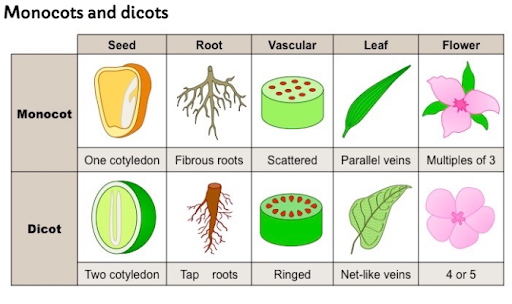
10
New cards
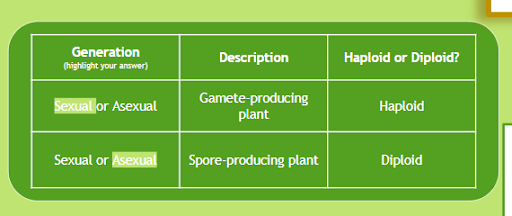
Alteration of generations
the predominant type of life cycle in plants and algae. It consists of a multicellular haploid sexual phase, the gametophyte, which has a single set of chromosomes alternating with a multicellular diploid asexual phase.
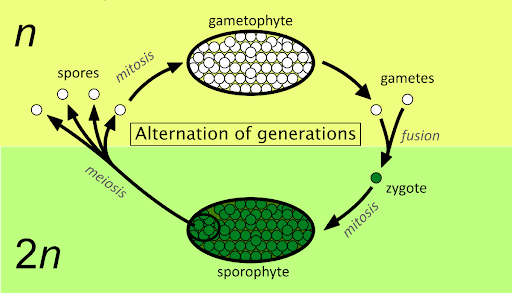
11
New cards
Parts of a leaf cell from top to bottom
* Cuticle
* Epidermis
* Palisade layer
* Vascular bundle (xylem and phloem)
* Spongey mesophyll
* Stomata
* Epidermis
* Palisade layer
* Vascular bundle (xylem and phloem)
* Spongey mesophyll
* Stomata
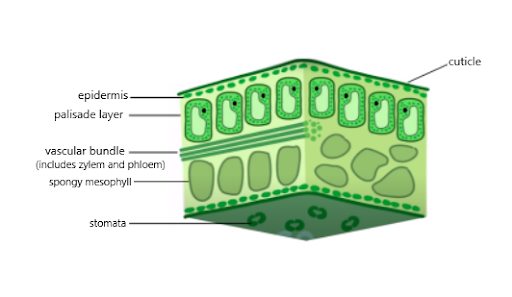
12
New cards
Spongey layer
temporary storage of sugars and amino acids synthesized in the palisade layer
13
New cards
Stoma
allows gas and water vapor exchange through pores in the leaves
14
New cards
Guard cells (located in the epidermis)
* control water loss in the leaf
* epidermal cells that control gas diffusion by regulating the opening and closure of stomatal pores
* epidermal cells that control gas diffusion by regulating the opening and closure of stomatal pores
15
New cards
Xylem
Carries water from roots to leaves
16
New cards
Phloem
carries glucose from leaf to all parts of the plant
17
New cards
Vascular bundle
xylem and phloem that are together in strands in primary plant bodies
18
New cards
Capillary action
helps bring water up from the roots
19
New cards
The 9 animal kingdom phyla
* Sponges (Porifera)
* Cnidaria
* Flatworms (Platyhelminthes)
* Roundworms (Nematoda)
* Mollusks (Mollusca)
* Annelida
* Arthropoda
* Echinodermata
* Chordata
* Cnidaria
* Flatworms (Platyhelminthes)
* Roundworms (Nematoda)
* Mollusks (Mollusca)
* Annelida
* Arthropoda
* Echinodermata
* Chordata
20
New cards
Sponges (Porifera)
Sponges - the simplest animal
21
New cards
Cnidaria
Includes jellyfish
22
New cards
Flatworms (Platyhelminthes)
Flatworms such as the parasitic tapeworms that latch on the inside of intestines and steal nutrients from the host
23
New cards
Roundworms (Nematoda)
Roundworms - many are parasites and very small
24
New cards
Mollusks (Mollusca)
Diverse group that includes gastropods like snails, but also includes bivalves like clams and oysters, but also includes cephalopods like octopi Most seashells that you see at the beach are from marine mollusks
25
New cards
Annelida
Segmented worms such as earthworms or leaches
26
New cards
Arthropoda
Includes insects, arachnids, and crustaceans
27
New cards
Echinodermata
Includes starfish (now called sea stars) and sea urchins, sea cucumbers
28
New cards
Chordata
Animals with backbones
29
New cards
evolution of the animal kingdom (know the pic on this flashcard)

30
New cards
5 groups within fish
* **Body Covering:** Scales
* **Reproduction:** Lay soft eggs; external fertilization
* **Movement:** Swim bladder, Fins
* **Circulatory System:** Single loop; 2 chamber heart
* **Body Temperature Regulation:** Ecotherm
* **Reproduction:** Lay soft eggs; external fertilization
* **Movement:** Swim bladder, Fins
* **Circulatory System:** Single loop; 2 chamber heart
* **Body Temperature Regulation:** Ecotherm
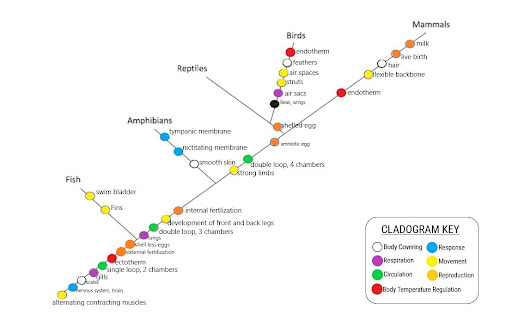
31
New cards
5 groups within amphibians
* **Body Covering:** Smooth skin
* **Reproduction:** Need to go back to the water to lay eggs which are soft eggs like fish eggs, internal and external fertilization (most external)
* **Movement:** front and back legs
* **Circulatory System:** Double looped; 3 chamber heart
* **Body Temperature Regulation:** Ecotherm
* **Specializations: Tympanic membrane, Nictitating membrane**
* **Reproduction:** Need to go back to the water to lay eggs which are soft eggs like fish eggs, internal and external fertilization (most external)
* **Movement:** front and back legs
* **Circulatory System:** Double looped; 3 chamber heart
* **Body Temperature Regulation:** Ecotherm
* **Specializations: Tympanic membrane, Nictitating membrane**
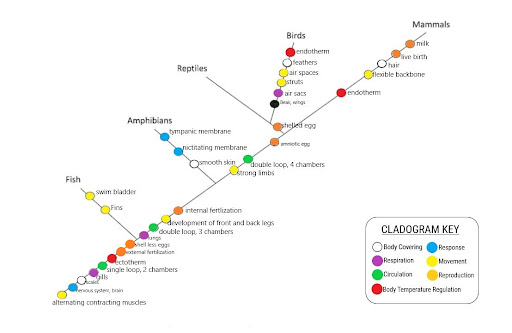
32
New cards
5 groups within reptiles
* **Body Covering:** Dry-scaly skin
* **Reproduction**: Lay eggs with leathery shells and fluid and nourishment on the inside so no longer dependent on water for reproduction; internal fertilization
* **Movement:** strong limbs
* **Circulatory System:** Double looped; 4 chamber heart
* **Body Temperature Regulation:** Ecotherm
* **Reproduction**: Lay eggs with leathery shells and fluid and nourishment on the inside so no longer dependent on water for reproduction; internal fertilization
* **Movement:** strong limbs
* **Circulatory System:** Double looped; 4 chamber heart
* **Body Temperature Regulation:** Ecotherm
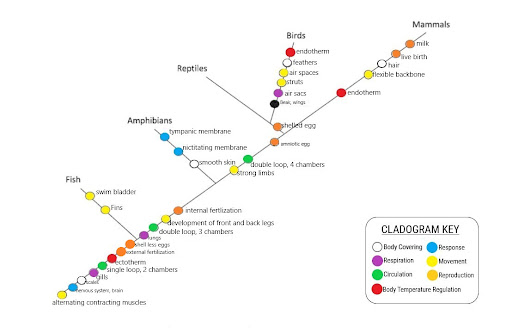
33
New cards
5 groups within birds
* **Body Covering:** Scales, feathers
* **Reproduction**: Lay eggs with leathery shells and fluid and nourishment on the inside so no longer dependent on water for reproduction ; internal fertilization
* **Movement:** wings
* **Circulatory System:** Double looped; 4 chamber heart
* **Body Temperature Regulation:** Endotherm
* **Specializations: Struts, Air spaces, Air sacs**
* **Reproduction**: Lay eggs with leathery shells and fluid and nourishment on the inside so no longer dependent on water for reproduction ; internal fertilization
* **Movement:** wings
* **Circulatory System:** Double looped; 4 chamber heart
* **Body Temperature Regulation:** Endotherm
* **Specializations: Struts, Air spaces, Air sacs**
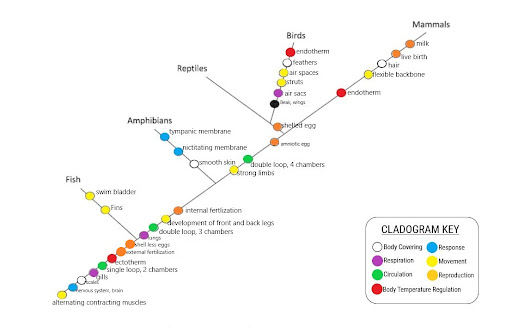
34
New cards
5 groups within mammals
* **Body Covering:** hair, fur
* **Reproduction**: Live birth (some lay eggs)
* **Movement:** flexible backbone
* **Circulatory System:** Double looped; 4 chamber heart
* **Body Temperature Regulation:** Endotherm
* **Specialization: Produce milk from mammary glands**
* **Reproduction**: Live birth (some lay eggs)
* **Movement:** flexible backbone
* **Circulatory System:** Double looped; 4 chamber heart
* **Body Temperature Regulation:** Endotherm
* **Specialization: Produce milk from mammary glands**
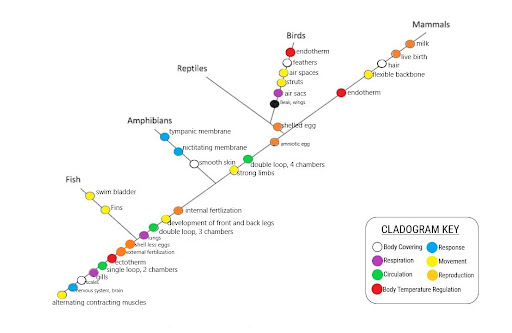
35
New cards
Body symmetry
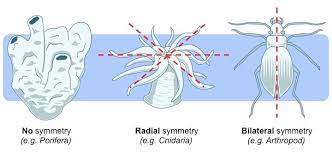
36
New cards
Cephalization
The centralization of the nervous system. It indicates the development of a head and brain.
37
New cards
Protostome
The first opening in the embryo becomes the mouth.
38
New cards
Deuterosome
The first opening in the embryo becomes the anus, and the mouth develops later
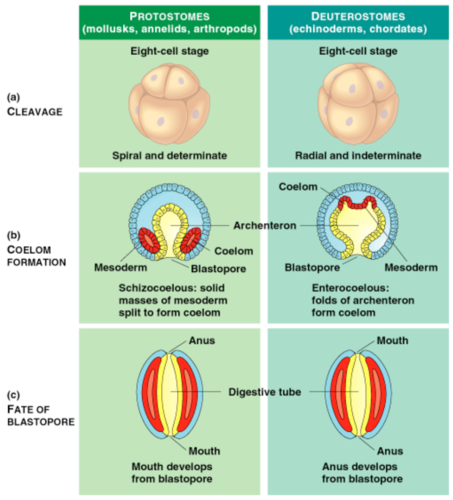
39
New cards
Endotherm
The regulation of body temperature depends on internal sources
40
New cards
Ectotherm
The regulation of body temperature depends on external sources
41
New cards
Notochord
A supporting skeletal rod in all chordate embryos
42
New cards
Auxin stimulates what kind of growth in plants?
cell elongation
43
New cards
What do Gibberellins stimulate in plants?
cell division and expansion
44
New cards
What does Ethene (ethylene) do to plants?
Plant growth regulator
45
New cards
Phototropism
Plant’s response to light
46
New cards
Thigmotropism
When a plant bends/turns in the direction of the object it touches (directional response to touch)
47
New cards
Gravitropism
Plant’s response to gravity (the roots of the plants grow towards the gravitational field whereas the stem grows away from the gravitational field)
48
New cards
Tympanic membrane
separate the inner ear from the outer ear
49
New cards
Blastula
an animal embryo at the early stage of development when it is a hollow ball of cells
50
New cards
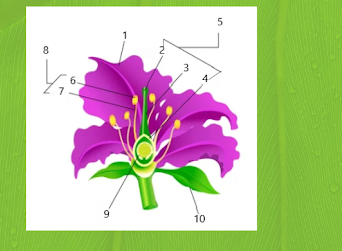
1
petal
51
New cards
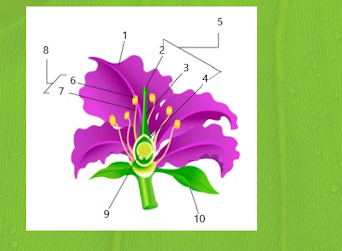
2
stigma
52
New cards
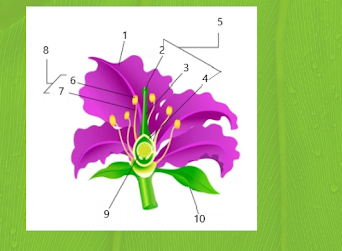
3
style
53
New cards
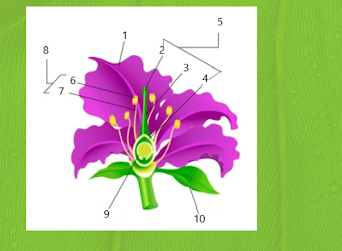
4
ovary
54
New cards
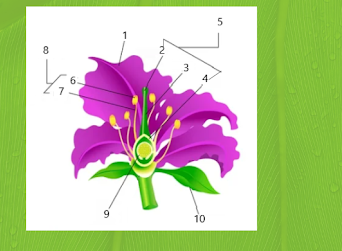
5
pistil (carpel)
55
New cards
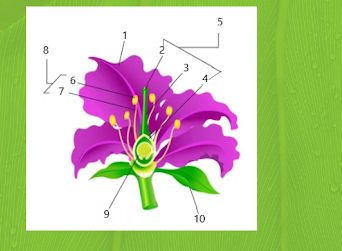
6
anther
56
New cards
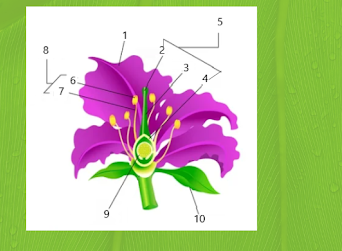
7
filament
57
New cards

8
stamen
58
New cards
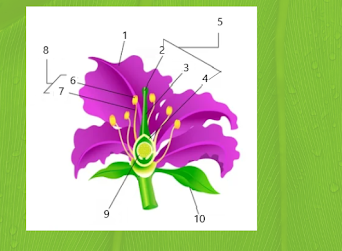
9
ovule
59
New cards
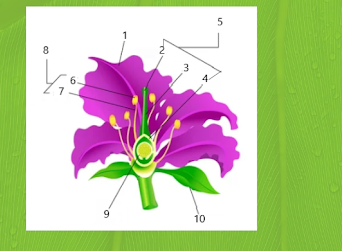
10
sepal